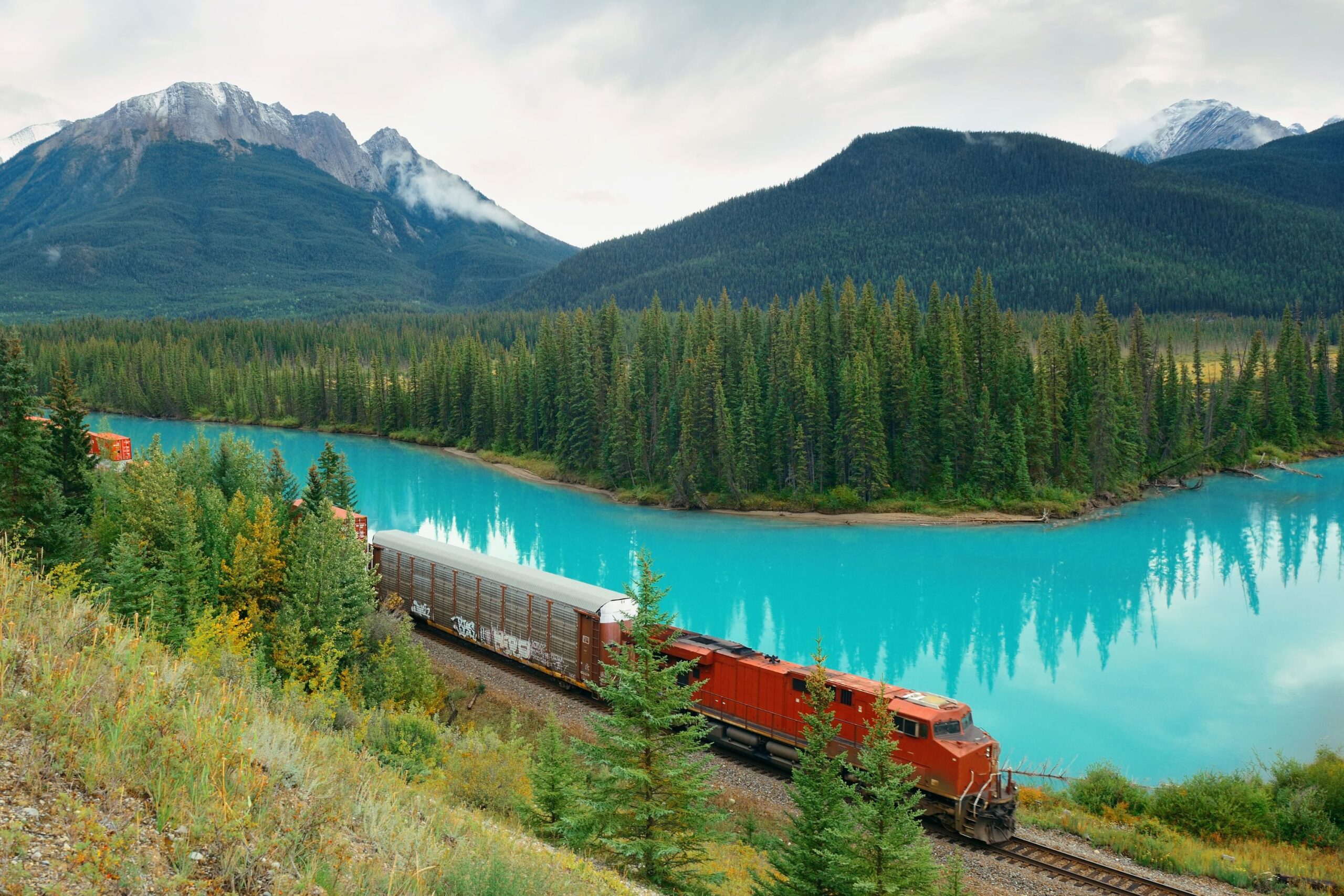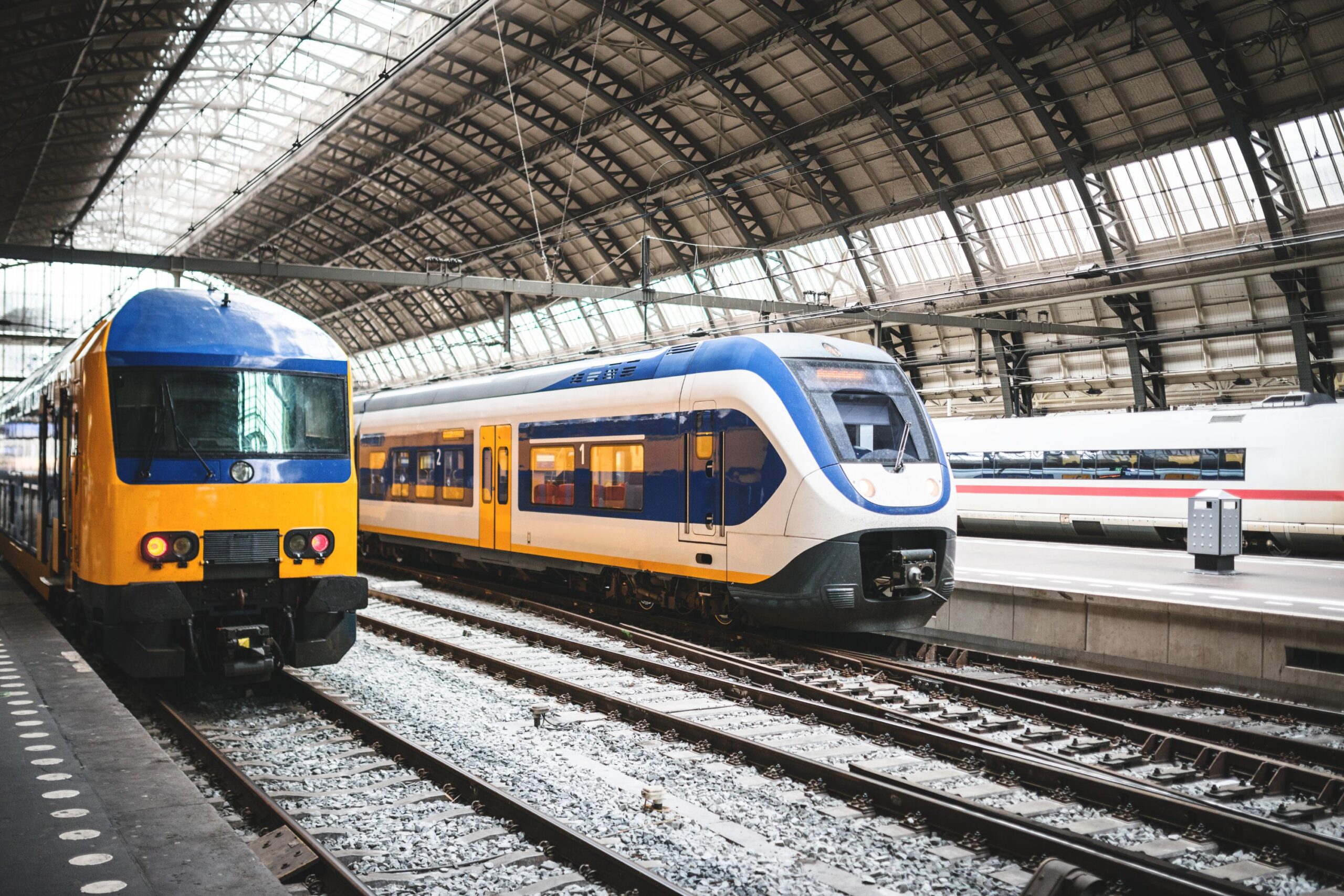Canada, the second-largest country in the world by land area, is known for its vast and diverse landscapes, which range from towering mountains to sprawling prairies. This geographical diversity has presented both challenges and opportunities for transportation infrastructure, and one of the key components of Canada’s transportation network is its railway system. In this blog, we will delve deep into the current state of the railway system in Canada, exploring its history, significance, key players, challenges, and future prospects.
Historical Overview of Canadian Railways
The Birth of Canadian Railways
The history of railways in Canada dates back to the early 19th century when the country was still a collection of British colonies. The construction of the Champlain and St. Lawrence Railroad, which opened in 1836, marked the beginning of rail transportation in Canada. However, it wasn’t until the mid-19th century that the railway network began to expand significantly.
The Role of Railways in Nation-Building
Canadian railways played a pivotal role in the nation’s development, connecting the Atlantic and Pacific coasts and facilitating the movement of people, goods, and resources. The promise of a transcontinental railway was a key factor in the Confederation of Canada in 1867.
The Transcontinental Dream: The Canadian Pacific Railway
One of the most iconic chapters in Canadian railway history is the construction of the Canadian Pacific Railway (CPR). Completed in 1885, the CPR linked the eastern and western coasts of Canada, opening up vast areas of the country for settlement and trade. This monumental feat, driven by national interest and economic incentives, remains a symbol of Canadian railroading achievement.
The Significance of Railways in Canada
Economic Importance
Railways continue to be a cornerstone of Canada’s economy. They are the backbone of freight transportation, moving essential goods such as natural resources, manufactured products, and agricultural commodities. Canada’s trade relationships with international partners, notably the United States, heavily rely on efficient rail transportation.
Environmental Impact
While railways are essential for commerce, they are also relatively environmentally friendly compared to other modes of transportation. Electric and hybrid locomotives, as well as advancements in energy efficiency, have contributed to reducing their carbon footprint.
Social and Cultural Significance
Railways have left an indelible mark on Canadian culture. Iconic passenger trains like the “Canadian” and the “Ocean” offer travelers breathtaking views of the country’s landscapes. Moreover, railways are woven into Canada’s identity, with stories, songs, and art reflecting their historical and contemporary importance.
Key Players in the Canadian Railway Industry
Canadian National Railway (CNR)
Canadian National Railway, established in 1919, is one of Canada’s largest and oldest railways. It operates an extensive network spanning the country, connecting to ports, cities, and industries. CNR plays a pivotal role in the transportation of bulk commodities and intermodal shipments.
Canadian Pacific Railway (CPR)
Canadian Pacific Railway, founded in 1881, is renowned for its role in building the transcontinental railway. Today, CPR continues to be a major player in the Canadian rail industry, with a focus on freight transportation and, increasingly, intermodal logistics.
VIA Rail Canada
VIA Rail Canada is the country’s passenger rail service provider. It connects major cities and regions, offering both intercity and transcontinental routes. VIA Rail serves as a vital transportation link for travelers across Canada.
Regional and Short-line Railways
In addition to the major players, Canada has a network of regional and short-line railways. These smaller operators play crucial roles in connecting remote communities, providing access to resources, and supporting local industries.
Challenges Facing the Canadian Railway System
Infrastructure and Capacity Constraints
The vastness of Canada presents challenges in maintaining and expanding railway infrastructure. Aging tracks, bridges, and tunnels require significant investments. Capacity constraints in key corridors, especially in urban areas, lead to bottlenecks that affect both passenger and freight services.
Safety Concerns
Rail safety is a paramount concern. Accidents, such as derailments, have raised questions about the safety of transporting hazardous materials by rail. Robust safety regulations and investments in technology and training are essential to mitigate risks.
Indigenous Rights and Land Use
The railway industry has a complex history regarding Indigenous communities and their traditional lands. Reconciliation efforts are ongoing, with discussions about land rights, environmental impacts, and economic partnerships.
Climate Change and Sustainability
As the world grapples with climate change, the railway industry is under pressure to reduce its greenhouse gas emissions further. Electrification, fuel efficiency improvements, and sustainable practices are critical for its long-term viability.
The Modernization of Canadian Railways
High-Speed Rail Initiatives
Canada has explored the possibility of high-speed rail networks in densely populated regions like the Quebec City-Windsor Corridor. These initiatives aim to reduce travel times, relieve congestion, and promote sustainability.
Technological Advancements
Advancements in railway technology, such as Positive Train Control (PTC) systems and remote monitoring, enhance safety and operational efficiency. Automation and data analytics are also being integrated into railway operations.
Freight Transportation Innovations
Efforts are ongoing to streamline freight transportation. Intermodal terminals, double-stacking containers, and precision scheduled railroading (PSR) strategies are revolutionizing the movement of goods.
Government Involvement and Policies
Government Ownership and Regulation
The Canadian government has historically played a significant role in the railway sector, with ownership stakes in both CNR and CPR at various times. Today, government agencies regulate safety, labor, and environmental standards to ensure the industry’s smooth operation.
Investment and Infrastructure Development
Government investments in railway infrastructure, including the National Trade Corridors Fund, aim to address capacity constraints and modernize the network. Public-private partnerships are also being explored to fund major projects.
Indigenous Engagement and Reconciliation
Collaborative efforts are underway to engage Indigenous communities in rail projects, respecting their rights and incorporating their perspectives into railway development.
Future Prospects and Projects
Expanding Rail Connectivity
Canada continues to explore opportunities to expand rail connectivity, particularly in the northern and remote regions. This includes initiatives to improve access to resources and reduce transportation costs for isolated communities.
Enhancing Efficiency and Sustainability
The railway industry is committed to further reducing emissions and improving sustainability through technology adoption and operational improvements.
Addressing High-Speed Rail Proposals
High-speed rail proposals are gaining momentum, with potential projects in the Quebec City-Windsor Corridor and other regions. These initiatives could transform transportation in Canada, enhancing connectivity and reducing travel times.
Conclusion: Onward Tracks of Progress
Canada’s railway system has a storied past and a promising future. As the nation faces economic, environmental, and social challenges, railways remain a critical part of the solution. By modernizing infrastructure, embracing sustainability, and fostering collaboration, Canada’s railways will continue to play a vital role in the nation’s growth and prosperity.
As we look ahead, the railways that crisscross this vast country will continue to connect communities, support industry, and showcase the breathtaking beauty of Canada’s landscapes. They remain a testament to the enduring power of railroads to unite a nation and drive it forward on the tracks of progress.










